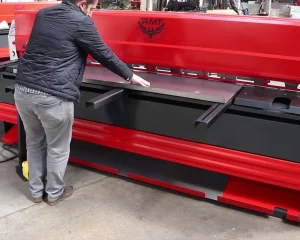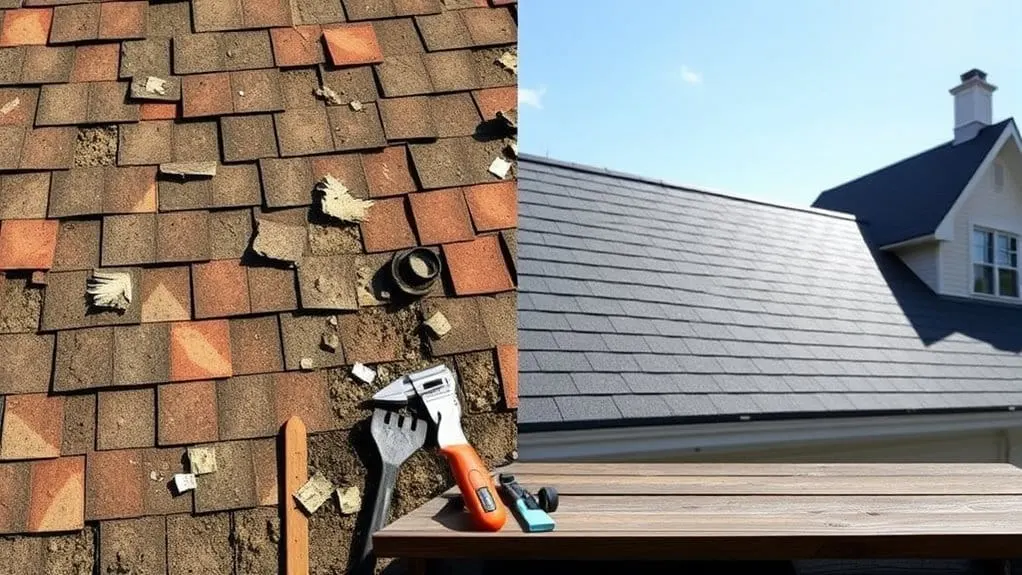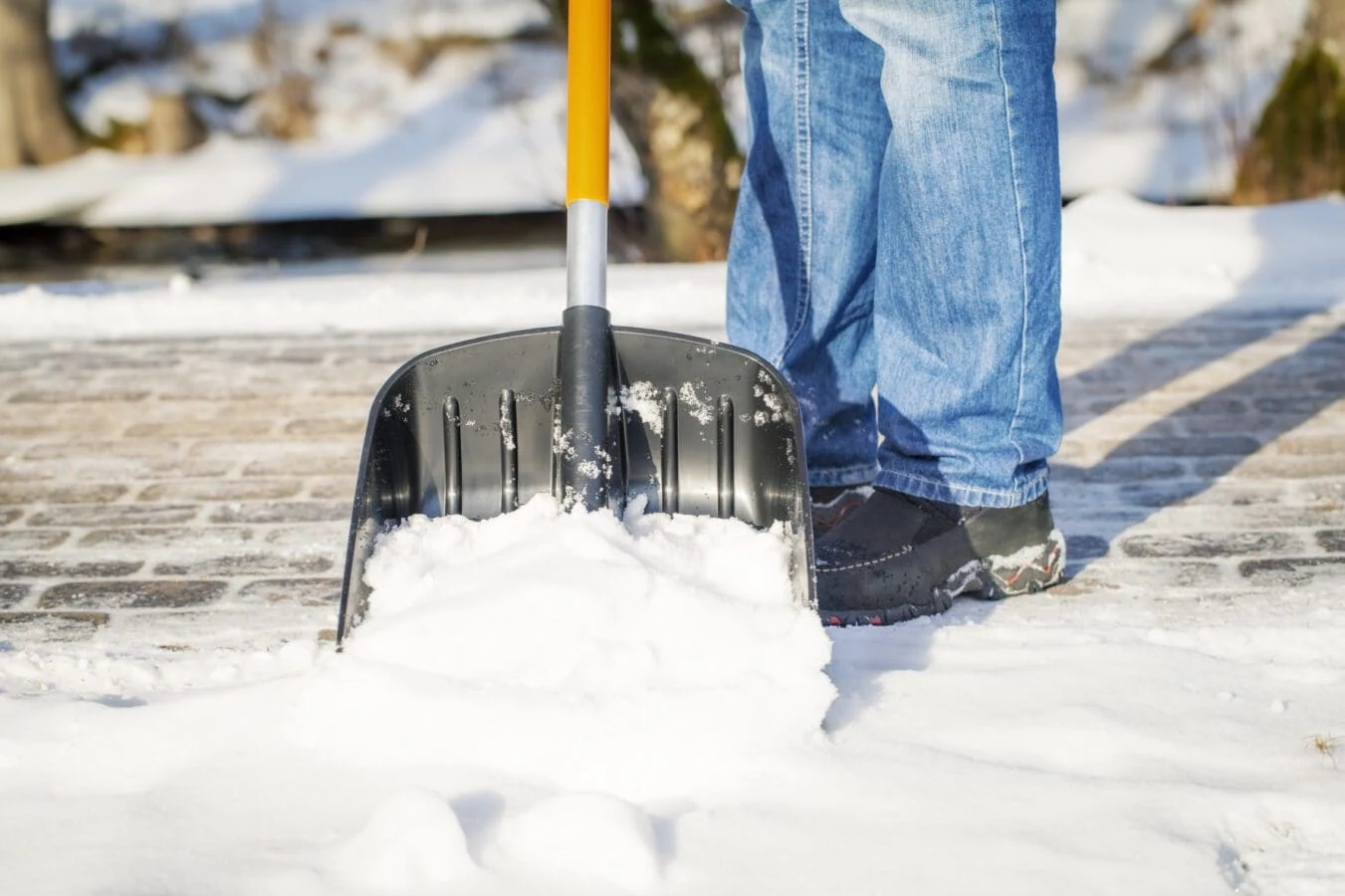Hydraulic shear blade maintenance is crucial in the realm of art studio construction. Artists and studio owners need to take a proactive approach to blade care to avoid costly downtime and safety hazards.
This article provides essential tips for effectively maintaining hydraulic shear blades in art studios, ensuring optimal performance and longevity. With a focus on regular inspection, cleaning, lubrication, and blade sharpening techniques, these tips will equip artists and studio owners with the knowledge to enhance productivity and create a safe working environment.
By addressing common issues and offering practical solutions, this discussion sets the stage for a comprehensive exploration of hydraulic shear blade care in art studio construction.
Key Takeaways
- Regular maintenance of hydraulic shear blades is crucial in minimizing the risk of blade failure and reducing downtime.
- Proper maintenance extends the lifespan of the blades and ensures smooth operation and consistent cutting quality.
- Neglecting maintenance can lead to increased wear, reduced cutting efficiency, and costly repairs or replacements.
- Signs of wear and tear such as dullness, uneven cutting, increased resistance, and noise should be promptly addressed to prevent further damage.
Importance of Hydraulic Shear Blade Maintenance
Why is hydraulic shear blade maintenance essential for the longevity and optimal performance of your art studio construction project? The answer lies in the intricate details of the hydraulic shear blade and its impact on the overall efficiency and productivity of the project.
Hydraulic shear blades are crucial components in the cutting process of various materials, such as metal sheets, pipes, and tubes. They are designed to withstand high pressure and deliver precise and clean cuts. However, over time, these blades can wear out or become dull due to the constant friction and force applied during cutting operations.
Regular maintenance of hydraulic shear blades is essential to ensure their longevity and optimal performance. By properly maintaining the blades, you can minimize the risk of blade failure, reduce downtime, and enhance the overall efficiency of your art studio construction project.
One of the primary reasons for maintenance hydraulic shear blade is to prevent blade damage. Regular inspections and cleaning can identify any signs of wear, such as chips, cracks, or deformities, which can lead to blade failure or subpar cutting performance. By addressing these issues promptly, you can avoid costly repairs or replacements.
In addition to preventing blade damage, proper maintenance also extends the lifespan of the blades. Regular lubrication, alignment checks, and blade sharpening can help maintain the sharpness and integrity of the blades, ensuring consistent and precise cuts throughout the project.
Furthermore, hydraulic shear blade maintenance contributes to the overall safety of the art studio construction project. Dull or damaged blades can lead to unpredictable cutting results, increasing the risk of accidents or injuries. By regularly maintaining the blades, you can create a safer working environment for your team.
Signs of Hydraulic Shear Blade Wear and Tear
Maintaining the condition of hydraulic shear blades is crucial for ensuring their optimal performance in art studio construction. To identify signs of wear and tear, consider the following indicators:
- Blade dullness: One of the most common signs of wear and tear is a dull blade. Over time, the cutting edge of the blade can become worn down, resulting in decreased cutting efficiency and quality. Inspect the blade regularly for any signs of bluntness or loss of sharpness.
- Uneven cutting: If the hydraulic shear blade is not cutting materials smoothly and evenly, it may be a sign of wear and tear. Uneven cutting can occur due to blade damage or misalignment. Check for any irregularities in the cut edges or any difficulty in shearing through materials.
- Increased resistance and noise: As hydraulic shear blades wear down, you may notice an increase in resistance and noise during operation. This can be attributed to the loss of sharpness and the increased force required to cut through materials. If you experience excessive noise or resistance, it may be time to inspect the blade for wear and tear.
Essential Tools and Equipment for Maintenance
To properly maintain hydraulic shear blades, it is essential to have the right tools and equipment at your disposal. These tools are specifically designed to ensure the longevity and performance of your hydraulic shear blades, allowing you to achieve precise and clean cuts consistently.
One of the essential tools for maintenance is a hydraulic shear blade sharpener. This tool helps in sharpening the blades, ensuring that they are always in optimal condition for cutting.
Additionally, a blade lubricant is necessary to reduce friction and prevent overheating during operation. This lubricant should be applied regularly to keep the blades running smoothly.

Another important tool is a blade cleaning brush. This brush is used to remove any debris or buildup that may accumulate on the blades during use. It is crucial to clean the blades regularly to prevent any potential damage or interference with the cutting process.
Furthermore, a blade alignment tool is necessary to ensure that the blades are properly aligned. This tool helps in adjusting and maintaining the correct blade alignment, which is crucial for achieving accurate and consistent cuts.
Lastly, a quality set of safety gloves and goggles should be worn during maintenance to protect yourself from any potential hazards.
Step-by-Step Guide to Hydraulic Shear Blade Care
To properly care for hydraulic shear blades, it is important to follow a step-by-step guide that ensures their optimal performance and longevity.
Here is a step-by-step guide to hydraulic shear blade care:
- Inspection: Regularly inspect the shear blades for any signs of wear, damage, or misalignment. Look for chips, cracks, or uneven edges. If any issues are found, address them immediately to prevent further damage.
- Cleaning: Clean the shear blades after each use to remove any debris, such as metal shavings or dust, that can affect their performance. Use a soft brush or cloth to remove the debris and ensure the blades are free from any contaminants.
- Lubrication: Apply a thin layer of lubricant to the shear blades to reduce friction and prevent rust. Use a lubricant specifically designed for hydraulic shear blades and follow the manufacturer’s recommendations for application frequency.
Common Mistakes to Avoid in Hydraulic Shear Blade Maintenance
One of the most common mistakes to avoid in hydraulic shear blade maintenance is neglecting regular inspections and addressing any signs of wear or damage immediately. Regular inspections are crucial to identify any potential issues before they escalate into major problems. By inspecting the shear blade regularly, you can detect any signs of wear, such as dull edges or cracks, and take prompt action to prevent further damage or performance issues.
Another mistake to avoid is using the shear blade beyond its recommended usage limits. Each hydraulic shear blade is designed to handle a specific range of materials and thicknesses. Exceeding these limits can put excessive strain on the blade, leading to premature wear and potential failure. It is important to consult the manufacturer’s guidelines and ensure that you are using the shear blade within its recommended parameters.
Additionally, failing to lubricate the shear blade properly is another common mistake. Lubrication plays a crucial role in reducing friction and preventing excessive heat build-up during operation. Neglecting to lubricate the blade can result in increased wear and reduced cutting efficiency. It is essential to follow the manufacturer’s recommendations for lubrication frequency and use the appropriate lubricant for your hydraulic shear blade.
Lastly, not storing the shear blade properly when not in use can also lead to damage and deterioration. It is important to clean the blade thoroughly and apply a protective coating before storing it. Additionally, storing the blade in a dry and secure location will help prevent rust and other forms of corrosion.
Proactive Measures for Prolonging Hydraulic Shear Blade Lifespan
After addressing common mistakes in hydraulic shear blade maintenance, it is essential to focus on proactive measures that can significantly prolong the lifespan of the blade. Implementing these measures can help ensure optimal performance and avoid costly repairs or replacements.
Here are three proactive measures to consider:
- Regular lubrication: Proper lubrication is crucial for reducing friction and wear on the hydraulic shear blade. It is recommended to lubricate the blade before each use and periodically during operation. Use a high-quality lubricant specifically designed for hydraulic systems to ensure maximum effectiveness. Regular lubrication will help keep the blade operating smoothly and extend its lifespan.
- Inspection and maintenance: Regular inspection of the hydraulic shear blade is necessary to identify any signs of damage or wear. Check for any cracks, chips, or dullness on the blade edge. If any issues are detected, take immediate action to repair or replace the blade. Additionally, perform routine maintenance tasks such as cleaning and tightening bolts to keep the blade in optimal condition.
- Proper storage: When the hydraulic shear blade is not in use, it is crucial to store it properly to prevent damage. Clean the blade thoroughly and apply a protective coating to prevent rust and corrosion. Store the blade in a dry and secure location, away from any potential hazards or contaminants. Proper storage will help maintain the blade’s integrity and prolong its lifespan.
Frequently Asked Questions
How Often Should Hydraulic Shear Blades Be Inspected for Wear and Tear?
Hydraulic shear blades should be inspected for wear and tear regularly to ensure optimal performance. The frequency of inspections depends on factors such as usage, material being cut, and operating conditions. It is recommended to consult the manufacturer’s guidelines for specific maintenance intervals.
Can Hydraulic Shear Blades Be Sharpened or Do They Need to Be Replaced?
Hydraulic shear blades can be sharpened to restore their cutting effectiveness, but this process should only be performed by trained professionals, as it requires expertise and specialized equipment. If the blades are severely damaged or worn, replacement may be necessary.
What Are the Potential Consequences of Neglecting Hydraulic Shear Blade Maintenance?
Neglecting hydraulic shear blade maintenance can lead to a range of consequences, including decreased cutting performance, increased wear and tear, and potential safety hazards. Regular maintenance is essential to ensure optimal functioning and longevity of the blades.
Are There Any Specific Safety Precautions That Need to Be Taken During Hydraulic Shear Blade Maintenance?
During hydraulic shear blade maintenance, it is crucial to follow specific safety precautions to ensure the well-being of the operator and prevent accidents. These precautions may include wearing appropriate personal protective equipment and following proper lockout/tagout procedures.
Are There Any Specific Lubricants or Oils That Should Be Used for Hydraulic Shear Blade Maintenance?
To ensure optimal performance and longevity of hydraulic shear blades, it is crucial to use specific lubricants or oils recommended by the manufacturer. These lubricants help reduce friction, prevent corrosion, and maintain the blades’ cutting efficiency.
Conclusion
In conclusion, proper maintenance of hydraulic shear blades is crucial for ensuring optimal performance and longevity in art studio construction. By regularly inspecting, cleaning, lubricating, and sharpening the blades, art studios can enhance productivity, extend the lifespan of their equipment, and create a safe working environment for artists.
It is important to avoid common mistakes in maintenance and take proactive measures to prolong the lifespan of hydraulic shear blades. Following these essential tips will help artists and studio owners optimize the performance of their hydraulic shear blades.
You May Also Like:


